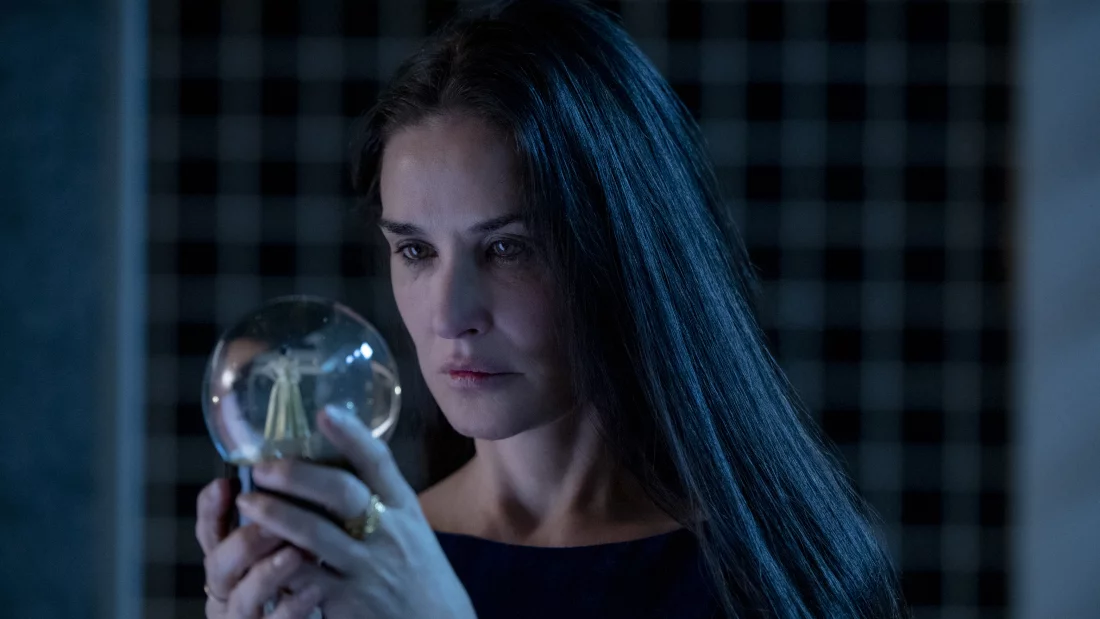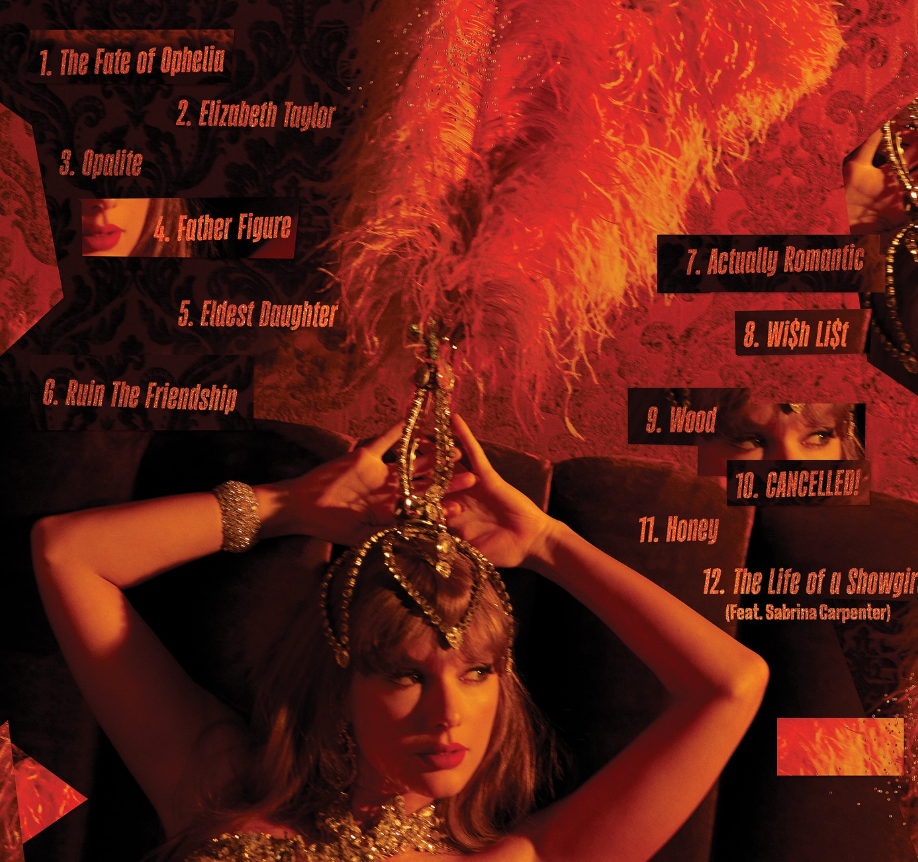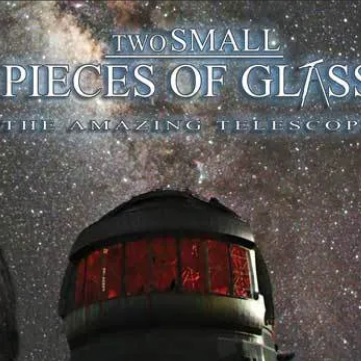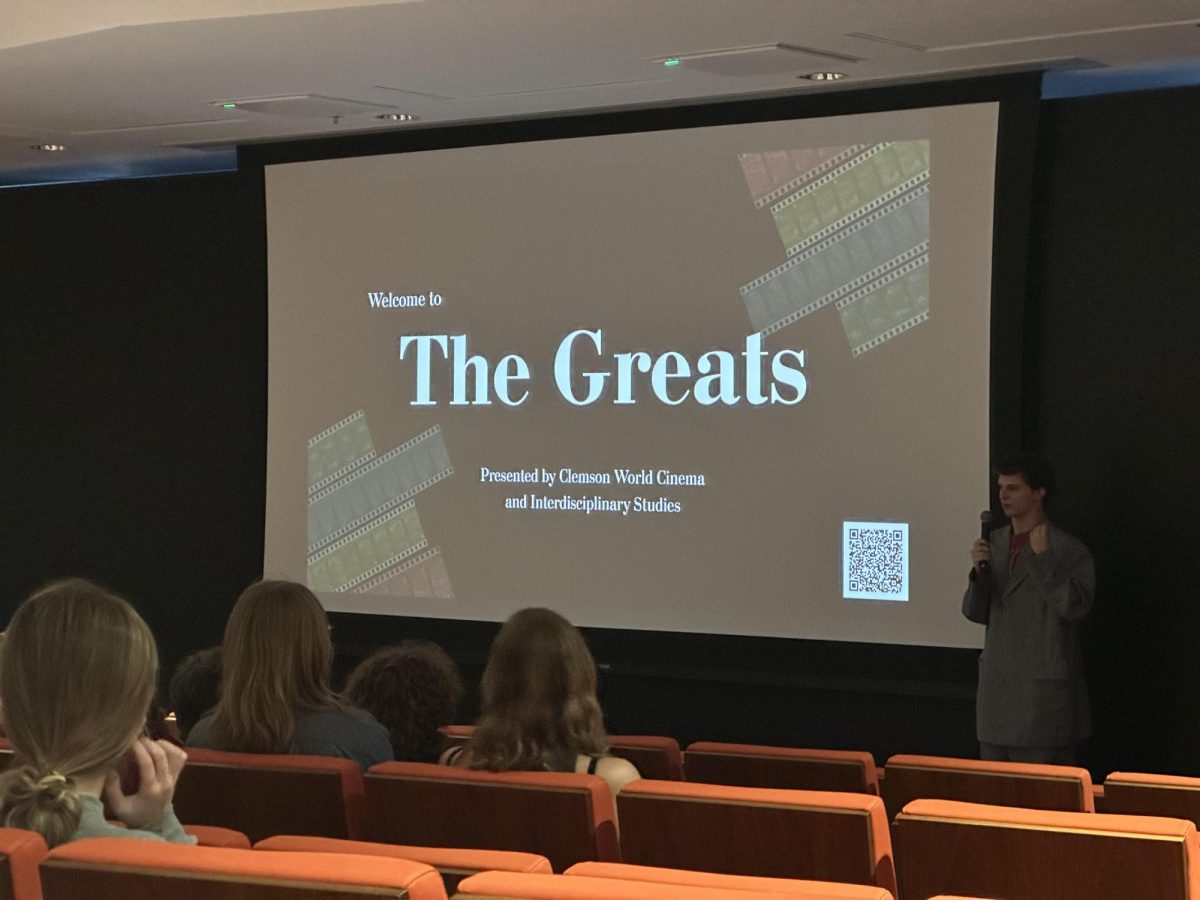Coralie Fargeat’s “The Substance,” now in theaters via Mubi, opens with a card touting its Best Screenplay win at the prestigious Cannes Film Festival. The movie that follows led me to call the Cannes jury members’ judgment into question.
“The Substance” is not a terrible movie, I don’t think, but its screenplay is its greatest weakness. It feels like Fargeat put off writing the script until the day before principal photography was set to begin, then typed out the entire thing in a feverish all-nighter cram session, the way a college student who procrastinated on a midterm would.
“The Substance” is full of ideas, some of them interesting and some of them trite, but it fails to synthesize its myriad parts. The narrative follows a middle-aged movie star, Elisabeth Sparkle, who uses a substance — creatively called The Substance — to create a younger clone of herself. The only catch is that Elisabeth must switch her consciousness back to her old body after seven days, or both bodies will begin to fail.
The metaphor here is fairly obvious: Fargeat calls attention to the beauty standards women are expected to live by and the drastic lengths that many people go to stop the natural process of aging.
Eventually, though, it all goes wrong. Elisabeth begins spending more and more time in her younger body, causing her true older body to deteriorate rapidly. By the end of the movie, she’s a hairless crone reminiscent of Roald Dahl’s witches. The film’s eventual end is a deranged, grotesque and violent confrontation between Elisabeth and her alter ego Sue.
Alongside this relatively compelling — if unsubtle and underbaked story — Fargeat also attaches an attempted satire of Hollywood and the television industry. It’s interminable. Her critique is 20 years out of date, imagining a world in which network TV and workout videos are the zenith of pop culture. Dennis Quaid plays the avatar of misogyny, a gross old man named Harvey. Fargeat is obviously not interested in subtlety.
This subplot plays like an inverse of David Lynch’s “Mulholland Drive” in terms of narrative perspective and in terms of quality. “Mulholland Drive” is one of the greatest films of the 21st century, whereas the Hollywood satire elements of “The Substance” drag the whole film down.
The two areas where “The Substance” shines, however, are its performances and visual effects. Demi Moore’s turn as Elisabeth is extremely compelling. It’s a physically demanding role, and Moore sells the character’s gradual transformation into a withered husk. Margaret Qualley is also great as Sue — she combines innocence and hedonism to great effect, serving as a perfect foil to Elisabeth.
Quaid is also very good, although he’s helped by the way Fargeat films his character. He’s shown almost exclusively in close-up shots filmed with a variety of different lenses, causing his features to appear to shift and protrude between different shots. It’s very unsettling, sort of funny and a much more effective commentary on beauty and aging than anything in the script.
While Quaid’s grotesqueness is afforded mostly by camera and editing tricks, the rest of the film’s more stomach-churning content is created using special effects. Fargeat and her crew combine practical and digital effects to create bizarre, disturbing organic visuals throughout the movie, culminating in a truly and appropriately ridiculous Moore-Qualley hybrid creature at the film’s climax.
The visual effects also enhance more mundane elements of the movie — Moore’s makeup is very effective, subtly aging her as the runtime ticks by. Qualley, on the other hand, is made to look younger and more artificial through makeup and costuming.
I am conflicted about the way that Qualley’s character is presented to the audience. Fargeat’s aim with “The Substance” is to make a high-art exploitation film in the vein of Claire Denis’ “Trouble Every Day” and Julia Doucournau’s “Titane,” so she naturally strikes a balance between revulsion and titillation. This dichotomy is most obvious during a scene in which Qualley abruptly stops in the middle of her character’s hypersexualized dance routine so that she can physically remove excess food from her body.
I wonder, though, whether Fargeat succeeds at commenting on the fetishistic manner of looking that Sue is subjected to. As I’ve stated previously, I don’t believe that Fargeat effectively synthesizes her film’s disparate thematic threads, so it feels more like she’s participating in the fetishistic gaze rather than critiquing it.
I also found that Fargeat’s muddled narrative had a negative impact on the communication of her themes. The film was neither totally comprehensible nor effectively ambiguous, so it felt as if the script was sending mixed messages.
Despite my misgivings about the movie’s effectiveness as a work of social commentary, I did think it was fun — there are some funny bits, the effects work should be enjoyably gruesome for body horror fans and the actors are all very good. I recommend seeing it if only to experience the bizarre and bloody last half hour.






















